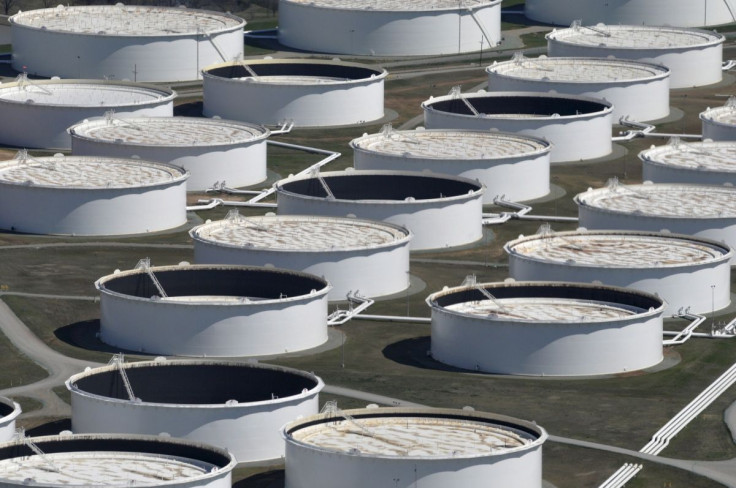OPEC Sees Upside To 2022 Oil Demand Forecast On Strong Pandemic Recovery

OPEC said on Thursday world oil demand might rise even more steeply this year as the global economy posts a strong recovery from the pandemic, a development that would underpin prices already at a seven-year high.
Tight oil supply has also given impetus to booming energy markets, and the report from the Organization of the Petroleum Exporting Countries also showed the group undershot a pledged oil-output rise in January under its pact with allies.
In the report, OPEC said it expected world oil demand to rise by 4.15 million barrels per day (bpd) this year, unchanged from its forecast last month, following a steep rise of 5.7 million bpd in 2021.
"Upside potential to the forecast prevails, based on an ongoing observed strong economic recovery with the GDP already reaching pre-pandemic levels," the OPEC report said in a commentary on the 2022 demand outlook.
"As most world economies are expected to grow stronger, the near-term prospects for world oil demand are certainly on the bright side," OPEC said in a separate comment on 2022 demand.
World consumption is expected to surpass the 100 million bpd mark in the third quarter, in line with last month's forecast. On an annual basis according to OPEC, the world last used more than 100 million bpd of oil in 2019.
OPEC took an early view that the effect of the Omicron coronavirus variant would be mild, and the report said it has not had as negative an economic impact as previous COVID-19 waves.
Oil rose after the report was issued, trading above $92 a barrel. On Monday it hit $94, its highest level since October 2014.
OUTPUT UNDERSHOOTS
The report also showed higher output from OPEC as the group and allied non-members, known as OPEC+, gradually unwind record output cuts put in place in 2020.
OPEC+ has aimed to raise output by 400,000 bpd a month, with about 254,000 bpd of that due from 10 participating OPEC members, but production has increased by less than this as some producers struggle to pump more.
The report showed OPEC output in January rose by just 64,000 bpd to 27.98 million bpd.
Seven of the 13 OPEC members had a drop in output, among them Venezuela, Libya and Iraq.
Top exporter Saudi Arabia boosted output by 54,000 bpd according to the report, but Saudi Arabia told OPEC it made a larger increase of 123,000 bpd that brought its production to 10.145 million bpd.
The growth forecast for overall non-OPEC supply in 2022 was left unchanged, as was that for production of U.S. tight oil, another term for shale.
OPEC said it expects the world to need 28.9 million bpd from its members in 2022, up 100,000 bpd from last month and theoretically allowing further increases in output.
(Editing by Kirsten Donovan and Jason Neely)
© Copyright Thomson Reuters 2024. All rights reserved.




















